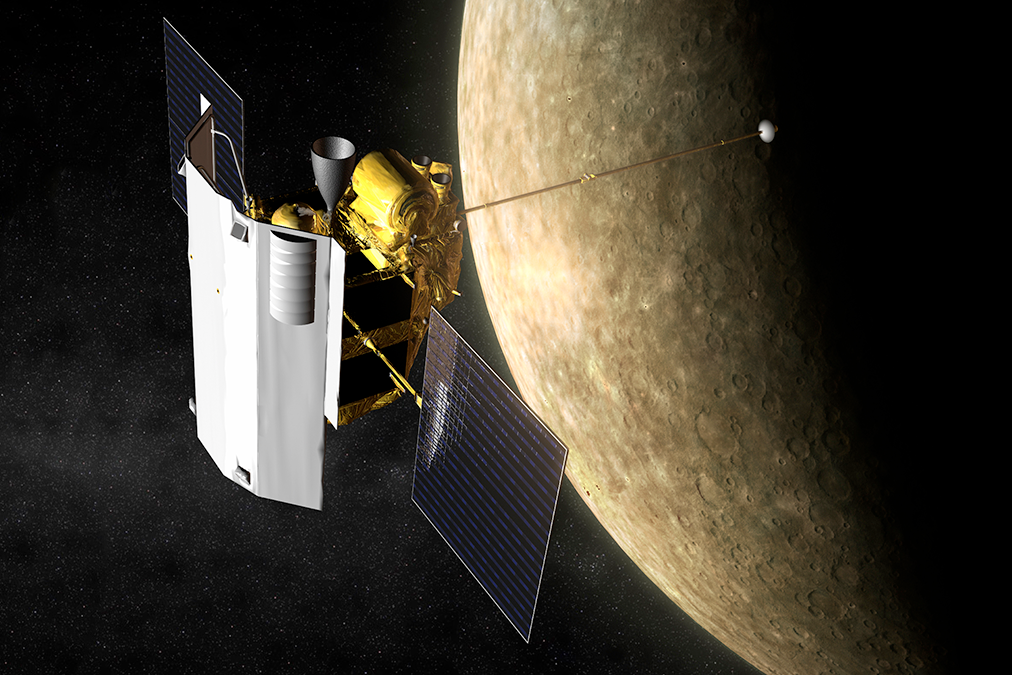In the journals JGR: Planets and JGR: Machine Learning and Computation, BAERI Research Scientist Ariel…
USA and European Scientists, led by BAER’s Dr. J. Martínez-Sykora Reveal the Driver of Highly Dynamic Jets of the Lower Solar Atmosphere
Today, June 23 2017, the breakthrough results “On the generation of solar spicules and Alfvenic waves” appeared in the journal Science. This work was produced as part of a collaboration led by BAER’s Dr. J. Martínez-Sykora with Prof. Bart De Pontieu (LMSAL, USA), Prof. Viggo H. Hansteen (Univ. of Oslo, Norway), Prof. Luc Rouppe van der Voort (Univ. of Oslo, Norway), Prof. Mats Carlsson (Univ. of Oslo, Norway) and Dr. Tiago M. D. Pereira (Univ. of Oslo, Norway) (DOI: 10.1126/science.aah5412 https://dx.doi.org/10.1126/science.aah5412).
This investigation has completed a decade long campaign to successfully model the intriguing mystery of the generation of fast jets that ubiquitously fill the solar atmosphere. Since the discovery, a century ago, of recurrent and highly dynamic jets in the lower solar atmosphere, their mechanism formation has remained unknown. These fast jets (~50 km/s), so-called type II spicules, are ubiquitous and carry mass, energy, and waves into sun’s corona, where temperatures reach over a million degrees. It has been postulated that this process may play a role on 1) filling the corona with mass, 2) contribute into the coronal heating and 3) accelerating the solar wind. Consequently, revealing the driver of these events has been of great interest.
The model used by Dr. Martínez-Sykora is able to reproduce, and predict many highly complex observations which have been extremely difficult to reproduce in previous models due to the observational complexity and the large number of physical processes involved. To address the problem, the researchers combined observations and simulations. The numerical Bifrost code (1) was recently recognized by the National Academy of Sciences through a prestigious award to two of the co-authors (http://www.nasonline.org/programs/awards/2017/Carlsson-Hansteen.html). The code has been developed over the last two decades with contribution of several scientists, including Dr. Martínez-Sykora. For this investigation, the numerical models have been run on clusters from the Pleiades cluster from NASA’s High End Computing Capability (HEC), and the Notur project. The observations were obtained from the Interface Region Imaging Spectrograph (IRIS) (2) and the Swedish 1-m Solar Telescope (SST) (3).
This work is supported through NASA’s grant NNX16AG90G, for which Dr. Martinez-Sykora is the principal investigator, as well as by the Research Council of Norway and the European Research Council.
Footnotes:
(1) Bifrost code developed at the University of Oslo, Norway.
(2) IRIS is a NASA small explorer mission developed and operated by LMSAL with mission operations executed at NASA Ames Research center and major contributions to downlink communications funded by ESA and the Norwegian Space Centre.
(3)The Swedish 1-m Solar Telescope is operated on the island of La Palma by the Institute for Solar Physics of Stockholm University in the Spanish Observatorio del Roque de los Muchachos of the Instituto de Astrofísica de Canarias.

Figure description: At the limb of the Sun, many jets shoot from the surface, as shown in the top image taken with the NASA IRIS spectrograph. In the middle panel, a numerical model is shown able to simulate these jets. In the bottom image taken with the Swedish 1-m Solar Telescope at the Roque de los Muchachos (La Palma, Spain), the jets are observed in the disc center of the Sun like short-lived thin filament structures with seen at the blue shifted position in the spectrum since they are coming towards us.



